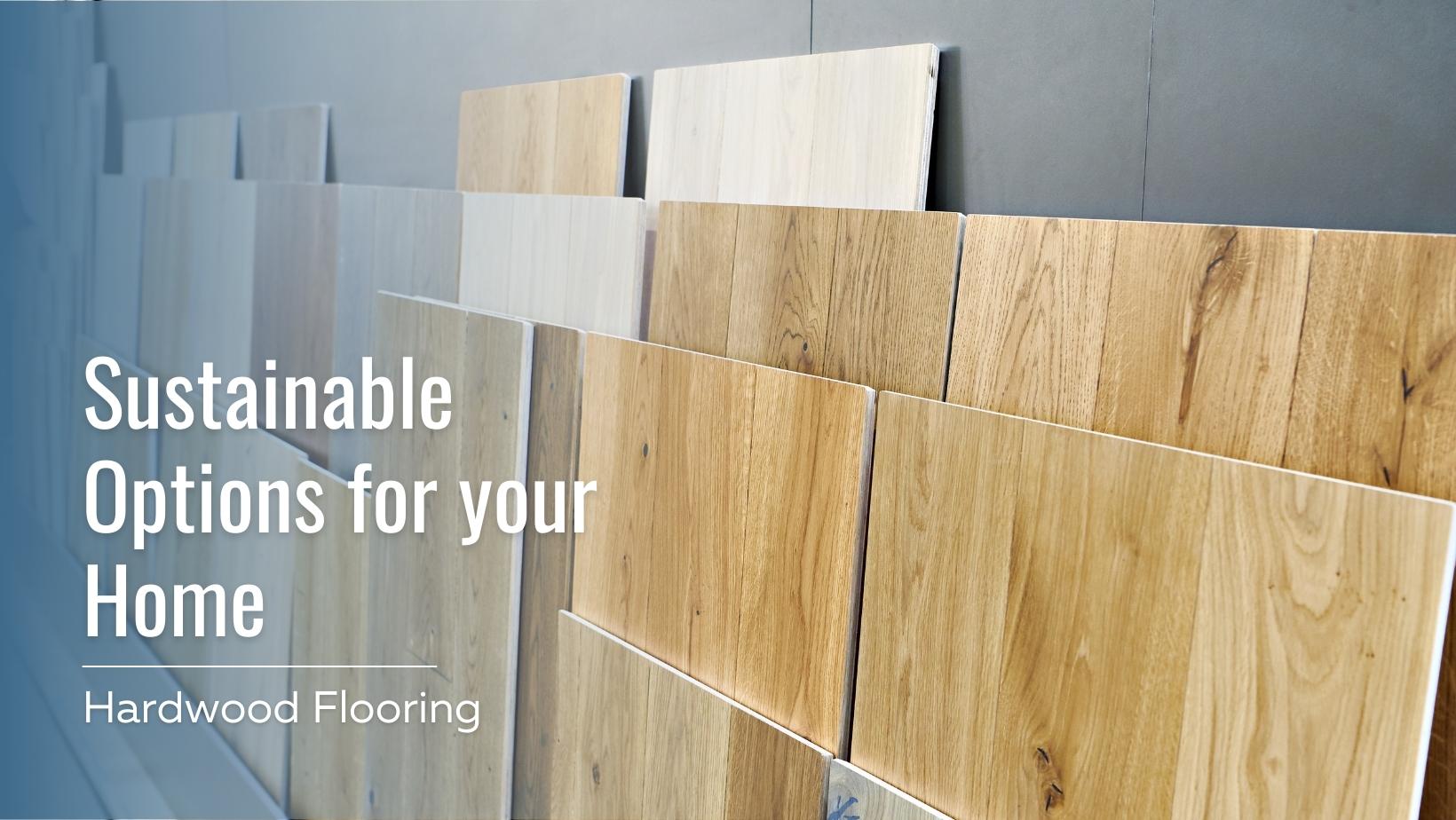The Most Sustainable Wood to Use for Flooring
The Most Sustainable Wood to Use for Flooring

Wood is a limited resource.
If not consumed responsibly, Earth’s wood supply will be drastically reduced in the future.
As people have become more aware of this looming issue, spurred by unethical lumber practices of the 20th Century and earlier, there has been a notable push for more sustainable wood by both homeowners and developers.
Many people would opt for more sustainable sources of wood if given the option, but it can be hard to know which types of wood are sustainably sourced, and which types of wood have a negative net impact on the environment.
In this post, we will outline what the requirements are for responsibly sourced wood as well as a few types of wood you should consider investing in.
What Makes Wood Sustainable?
Eco-friendly flooring is legally sourced wood from responsibly managed forests. This may seem like a low bar, but a massive amount of lumber sourced around the world is illegally or unethically obtained.
Until 2008, the United States allowed lumber obtained from illegal sources. As you can imagine, this practice did not die overnight, and illegal wood still finds its way into the United States.
The best way to identify eco-friendly wood is by checking if your lumber or planks have been certified by the U.S. Forest Stewardship Council (FSC).
The FSC has set 57 different criteria that wood must meet to receive its stamp of approval. This criterion is in place foremost to protect wildlife and minimize the number of toxic chemicals used in lumber production.
FSC certified wood is harvested from forests where “high conservation values” are not threatened. This includes responsible practices such as avoiding “clear-cutting,” meaning all the trees cut down come from one area. Instead, under FSC guidelines the trees selected for harvesting are spread out to minimalize negative impacts such as insect infestation, erosion, and disease.
Above all, sustainable wood is lumber that grows faster than it is harvested. So long as lumber companies are not consuming more trees than they can plant, the wood they produce is generally sustainable.
Types of Sustainable Flooring
There are many different types of sustainable wood to choose from. Below we have outlined a few options that are rising in popularity.
-
Reclaimed wood
Wood reclaimed from other sources is all the rage right now.
Reclaimed wood is wood that has been previously used for other purposes and has been recycled into flooring. Historically, this wood has been disposed of in favor of freshly harvested wood.
Old houses and commercial materials are the most common sources of reclaimed wood, but they can come from any structure or product that used wood. Some reclaimed wood even comes from sunken ships and other novelty locations.
Reclaimed wood is ideal for sustainability as it never requires additional harvesting.
Additionally, reclaimed wood has an aged, distinguished look that cannot be matched.
-
Salvaged wood
A staggering amount of wood is thrown away every year simply because the trees it belongs to are old, diseased, or in the way of land development.
Despite this, much of the wood that is disposed of every year make great planks.
Salvaged wood has increased in popularity in recent years as it reduces the amount of wood that goes into landfills and is sourced from trees that will be felled regardless of lumber demand.
-
Bamboo
Naturally anti-bacterial, water-resistant, and tough, bamboo is an excellent flooring material for a variety of reasons.
Bamboo grows rapidly and takes the strain off hardwood forests that sometimes can take decades to grow.
Bamboo is a stylish hardwood that is highly resistant to expanding and contracting so it can be used in even the most humid climates.
-
Cork
Corkwood has been used for a variety of purposes for centuries, but in past years it has become an increasingly popular choice for flooring.
Sourced from the bark of the cork oak tree, the extraction process does not harm the oak tree when harvested. It is an extremely sustainable wood as a fresh coat of bark takes as little as three years to completely regenerate.
Cork is dense and spongy, making it an ideal material for standing on and absorbing sound.
-
Palmwood
Palmwood is another popular choice for your floors. While they do not grow as quickly as other wood types on this list, palm trees are mostly used for coconut production.
When trees become old and can no longer produce coconuts, they were traditionally cut down to make space for new trees.
Today, palm wood is a popular choice for wooden furniture and other products.
Common types of palm trees include flat grain, edge grain, sugar deco, and red palm.
A Sustainable Choice for a Modern Home
As the desire for more renewable resources has increased over the past few decades, so too has the need for sustainable wood.
The most sustainable wood comes from lumber which would have otherwise been thrown away. Secondary to this is harvested wood which regenerates quickly.
The best rule of thumb is ubiquitous across the philosophy of conservation: reduce, reuse, recycle.
At A Step Above Floors, we offer only the best wood flooring that comes from the most sustainable sources. We believe it is our responsibility to ensure that generations to come have a wide selection of hardwood to choose from. If you are ready to commit to beautiful, sustainable flooring, stop by A Step Above Flooring today.
